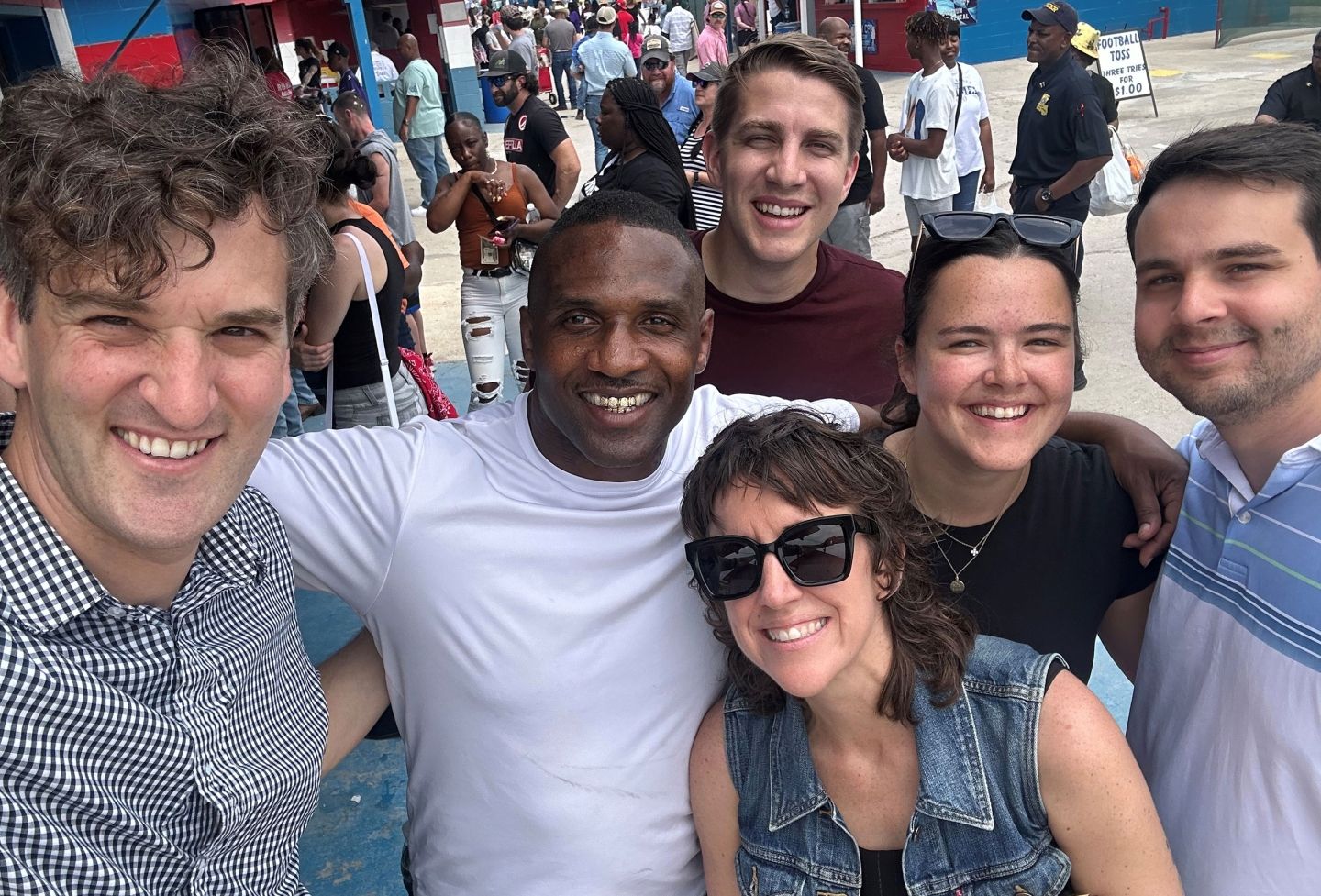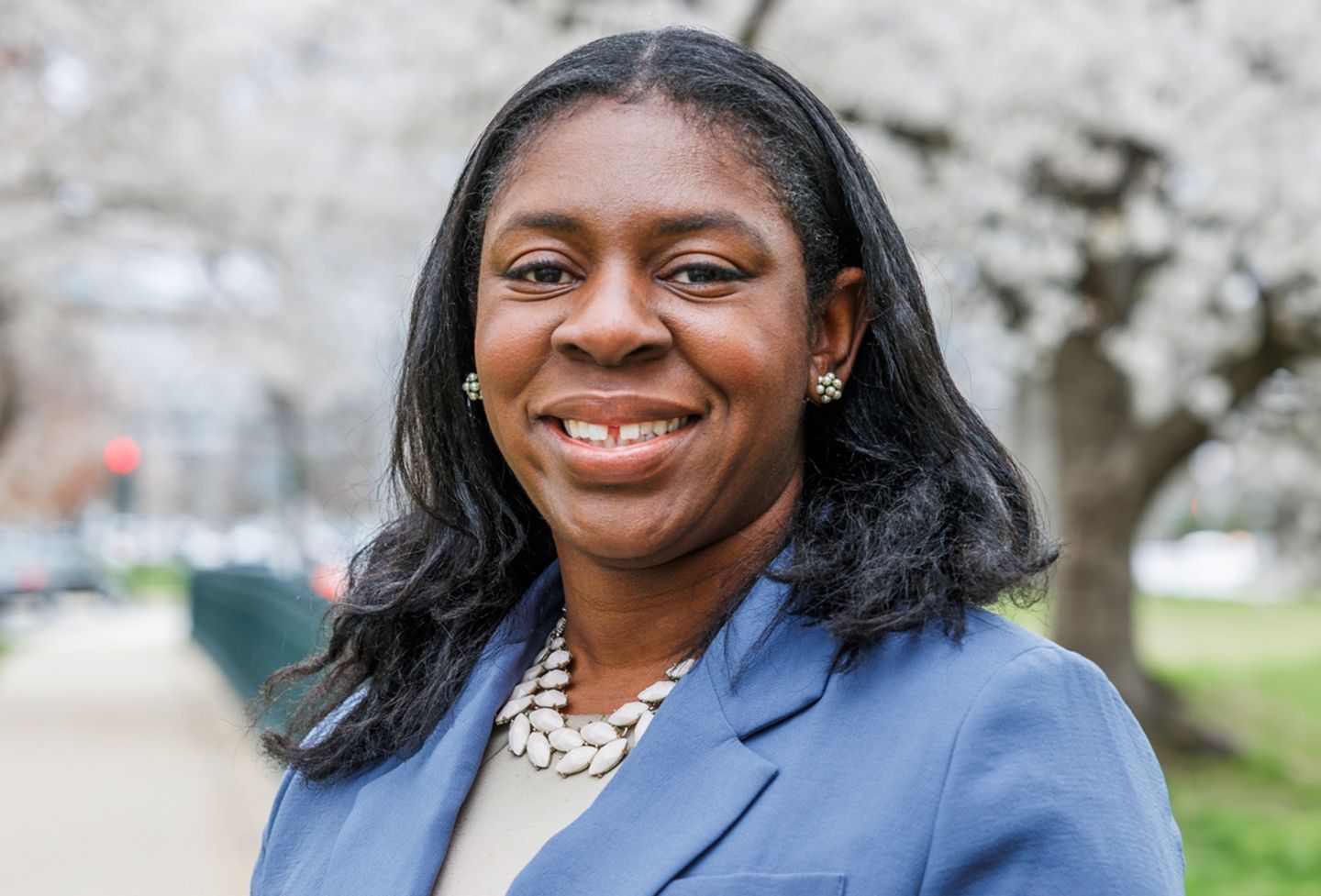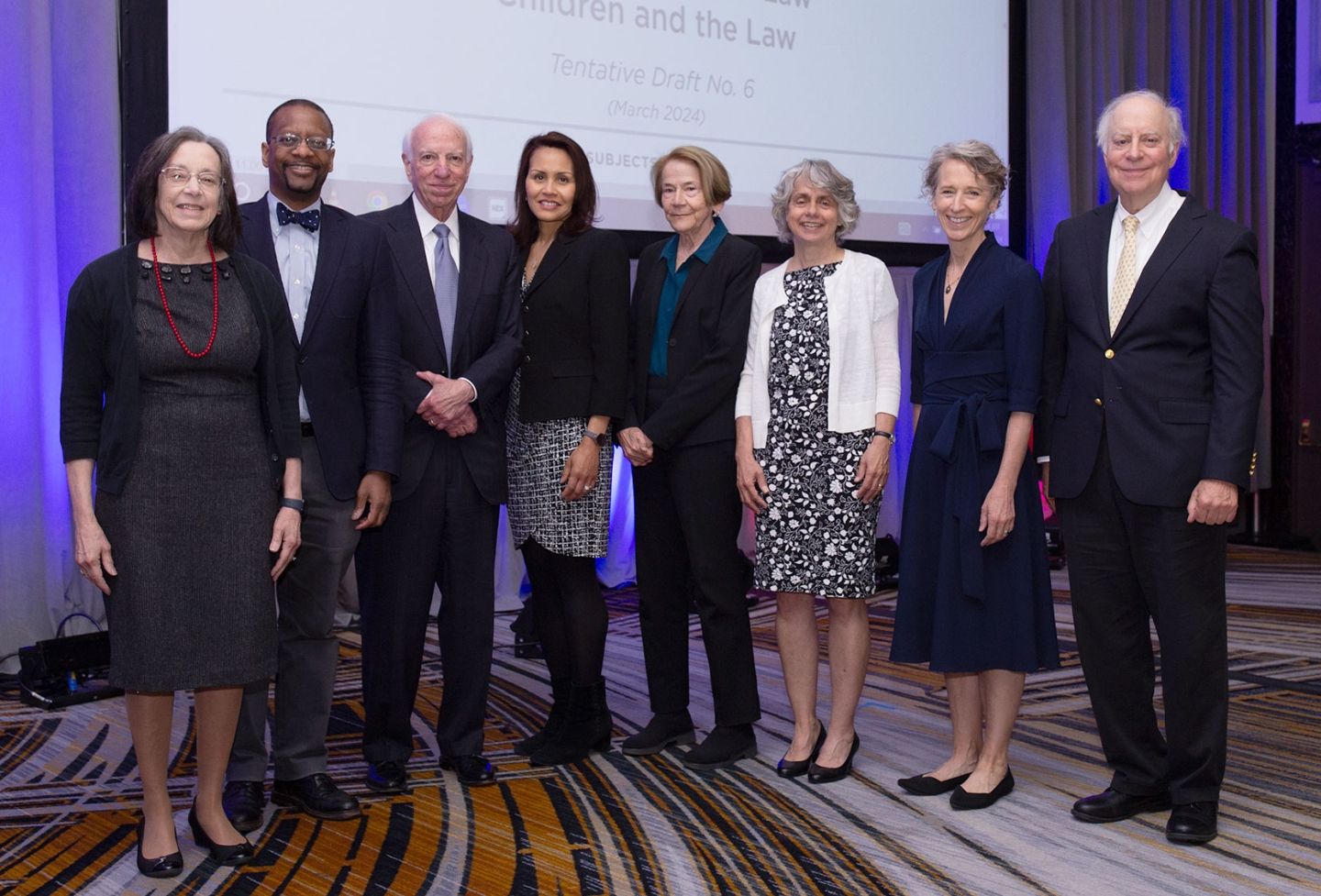What to Do in a Biological Weapons Attack
Stay home. Stay there until officials say it's safe to leave. Running in panic will only increase the chance of becoming infected and further spread the disease, said Dr. Gregory Saathoff, associate professor of research and executive director of the U.Va. Medical School's Critical Incident Analysis Group, which released a 60-page report Oct. 18 on how to best respond to a bioterrorist attack.
"Deliberate biological attacks could spread both disease and fear, resulting in an equally dangerous and contagious chain reaction of social disruption," Saathoff said. "Fear clouds judgment, leading to horror, paranoia and panic. The wrong response to a bioterrorist attack could well increase casualties and promote the terrorists' cause — undermining America's way of life."

The idea of voluntary quarantining is called community shielding and it doesn't really work unless localities have thought about it ahead of time, according to U.Va. law professor Richard Bonnie, co-author of the CIAG report. The report calls for localities to actively involve citizens in planning for worst-case events and thinking in advance about such things as how the local government would provide services, how communications would work, and how food and medical supplies would be delivered to neighborhoods living as if snowbound.
"We're trying to learn from the anthrax attack and be prepared," Bonnie said. The report thinks about the risks from a national security and public health perspective and wants to build community cooperation around voluntary strategies, he said.
Depending on the disease released in the attack, the community shielding period could last from seven to, at the very longest, 28 days, Saathoff said.
Community shielding avoids some of the problems associated with the conventional responses of evacuation or quarantine. "Evacuation can widen an epidemic. If the weapon is contagious, the fleeing people become bioweapons," Saathoff said.
"Mandated vaccination programs can cause sickness themselves and not everyone will agree to be immunized. Another possibility is that people might mob immunization centers after an attack. Some 35,000 people wanted anthrax vaccinations after the attack in which 23 cases were actually identified," he noted. Forced quarantine is authoritarian and would probably require troops to impose it.
"An attack by a contagious bioterror agent is clearly a crisis. An unprepared public and/or a government response that is seen to be aggressively enforcing quarantine rather than facilitating shielding could cause a crisis to devolve into catastrophe. The economic repercussions of such a catastrophe would be enormous, obviously," Saathoff said.
If citizens are prepared to stay at home until told it is safe to leave, roads would stay free of traffic so emergency services could be provided and, if necessary, people downwind could be evacuated. Like a quarantine, shielding helps stop the spread of disease, Saathoff said.
"Community shielding depends on and strengthens democracy," he said. "Voluntary programs help build trust in the government's response, but they won't work if we wait for an attack to make the community shielding plan known. There is no widely accepted script now for how to react to a bio attack. Localities need to make local plans."
The idea's primary drawback would be that people in an infected area could feel trapped and perhaps doomed, Bonnie said. Preplanning is required so people feel that shielding is voluntary, not imposed, and that they have assurances of assistance should they happen to be in an infected area. Distrust is the single greatest obstacle to the success of a shield strategy, he said.
"Our society is better set up to incorporate shielding than it has ever been in the past," said Saathoff. "With current package delivery systems, developing home schooling culture, home office proliferation and communications infrastructure, our homes are potentially more equipped for a shielding program than they have ever been. Shielding is not only an opportunity to protect one's family but also, and perhaps most importantly, a way for a community to collectively 'break the back' of a bioterror epidemic. People need to know in advance, though, that it can actually be tremendously patriotic to remain in one's home rather than to evacuate."
Our concept of homeland defense should include the development of community shielding programs that raise public awareness of biological, chemical and radiological threats and how to prepare for their possibility, Bonnie said.
The CIAG is a group of experts from law enforcement, intelligence, medicine and public health, academia and the media. It was created in 1997 to monitor the tension between critical incidents and Americans' constitutional rights. The group has studied terrorist threats abroad, bioterrorism, threats against symbols of American democracy, and homeland security issues.
Founded in 1819, the University of Virginia School of Law is the second-oldest continuously operating law school in the nation. Consistently ranked among the top law schools, Virginia is a world-renowned training ground for distinguished lawyers and public servants, instilling in them a commitment to leadership, integrity and community service.


